Nationality Israel Fields Neurology Role Professor | Name Henry Markram Doctoral advisor Menahem Segal Notable awards Fulbright Program | |
Institutions Ecole Polytechnique Federale de Lausanne Thesis Acetychlorine interacts with the NMDA receptor through the phosphoinositide pathway (1991) Doctoral students Marwan AbdellahGiuseppe ChindemiBerat DenizdurduranCsaba EroJean Pierre GhobrilLida KanariMichael ReimannRenaud Luc RichardetFarhan TauheedWillem Anna Mark Wybo Books Spike-timing dependent plasticity Similar People Karlheinz Meier, Dharmendra Modha, Sebastian Seung, Christof Koch | ||
Neelie kroes prof henry markram human brain project
Henry Markram (born 28 March 1962) is a Professor at the École Polytechnique Fédérale de Lausanne (EPFL) in Switzerland and director of the Blue Brain Project and founder of the Human Brain Project.
Contents
- Neelie kroes prof henry markram human brain project
- Future computing brain based chips henry markram
- Education
- Life
- Research
- References
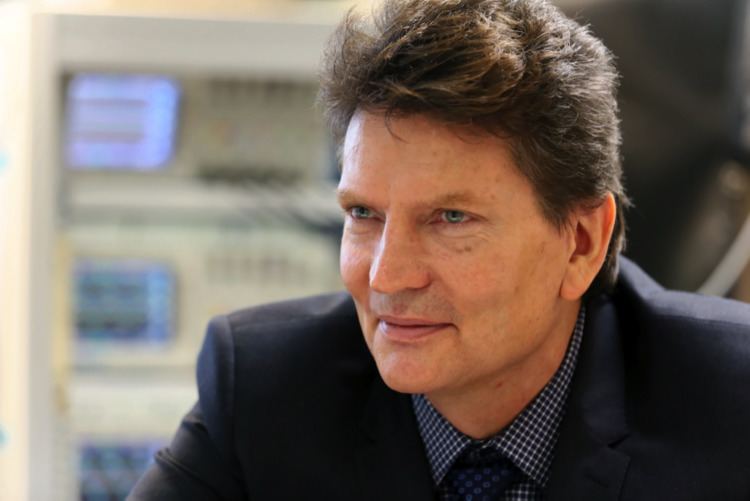
Future computing brain based chips henry markram
Education
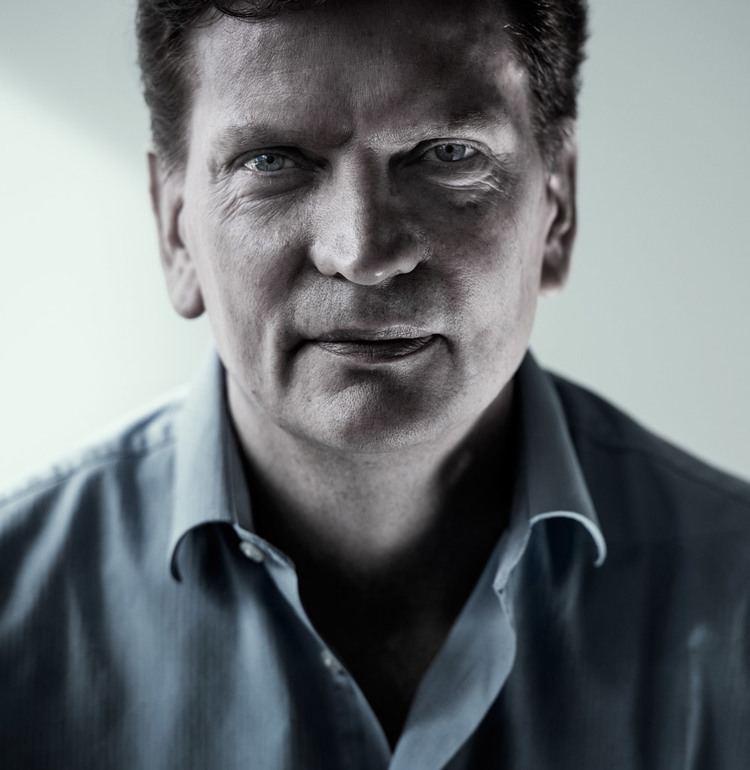
Henry Markram obtained his Bachelor of Science degree (Hons) from Cape Town University, South Africa under the supervision of Rodney Douglas and his PhD from the Weizmann Institute of Science, Israel in 1991, under the supervision of Menahem Segal.[Which academic field is his degree in?] During his PhD work, he discovered a link between acetylcholine and memory mechanisms by showing that acetylcholine modulates the primary receptor linked to synaptic plasticity.
Life
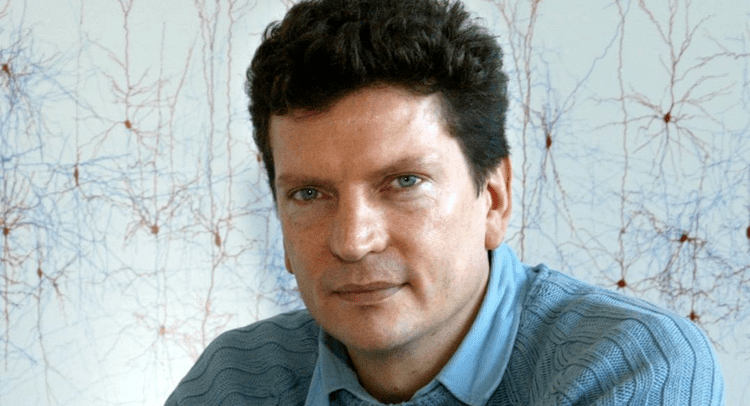
Henry Markram met his future wife, Kamila Markram (born in 1975), at the Max Planck Institute for Brain Research in Frankfurt. They moved to the École polytechnique fédérale de Lausanne together and, in 2007, founded Frontiers Media.
Research
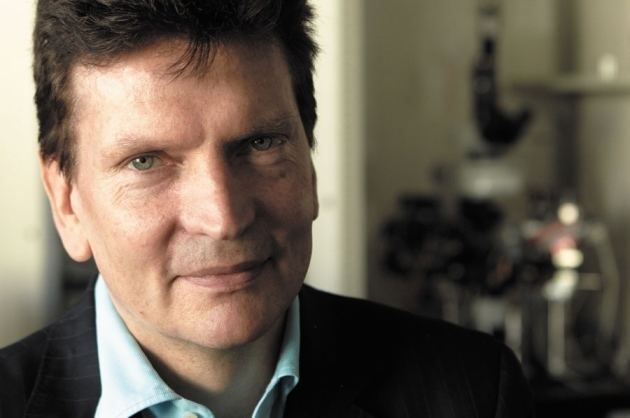
Following his PhD, Markram went to the United States as a Fulbright Scholar at the National Institutes of Health (NIH), where he studied ion channels on synaptic vesicles. As a Minerva Fellow he then went to the Laboratory of Bert Sakmann at the Max Planck Institute, Heidelberg, Germany, where he discovered calcium transients in dendrites evoked by sub-threshold activity, and by single action potentials propagating back into dendrites. He also began studying the connectivity between neurons, describing in great detail how layer 5 pyramidal neurons are interconnected.
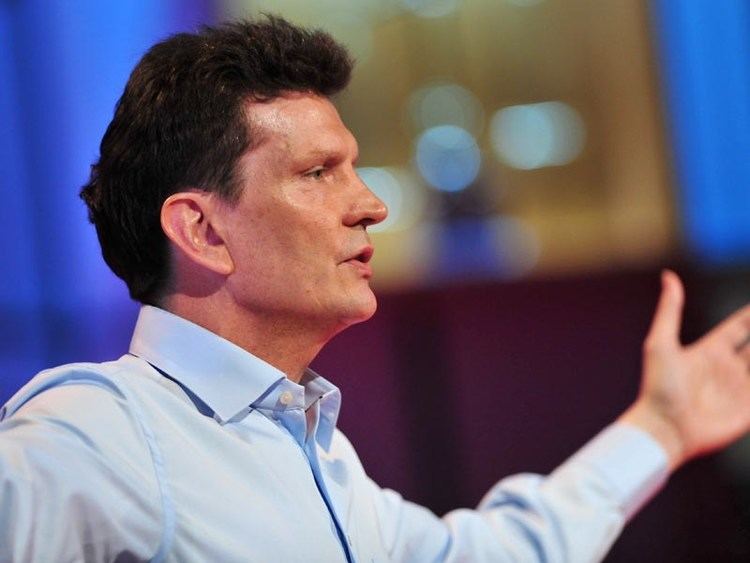
Some of his work altered the relative timing of single pre- and post-synaptic action potentials to reveal a learning mechanism operating between neurons where the relative timing in the millisecond range affects the coupling strength between neurons. The importance of such timing has been reproduced in many brain regions and is known as spike timing-dependent synaptic plasticity (STDP).
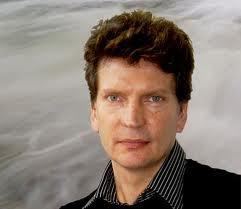
Markram was appointed assistant professor at the Weizmann Institute of Science, where he started systematically dissecting out the neocortical column. He discovered that synaptic learning can also involve a change in synaptic dynamics (called redistribution of synaptic efficacy) rather than merely changing the strengths of connections. He also studied principles governing neocortical microcircuit structure, function, and emergent dynamics. Together with Wolfgang Maass he developed the so-called theory of liquid state machine, or high entropy computing.
In 2002, he moved to EPFL as full professor and founder/director of the Brain Mind Institute and Director of the Center for Neuroscience and Technology. At the BMI, in the Laboratory for Neural Microcircuitry, Markram continues to study the organisation of the neocortical column, develops tools to carry out multi-neuron patch clamp recordings combined with laser and electrical stimulation as well as multi-site electrical recording, chemical imaging and gene expression.
On 8 October 2015, the Blue Brain Project published the first digital reconstruction and simulation of the micro-circuitry of a neonatal rat somatosensory cortex.
